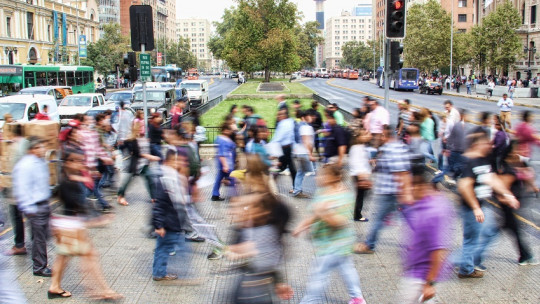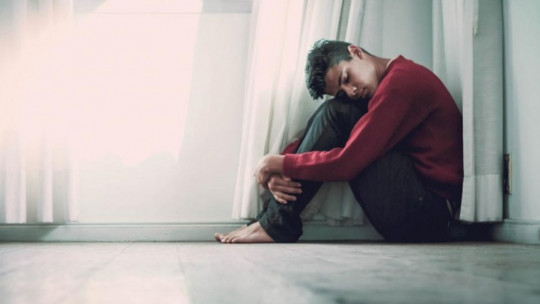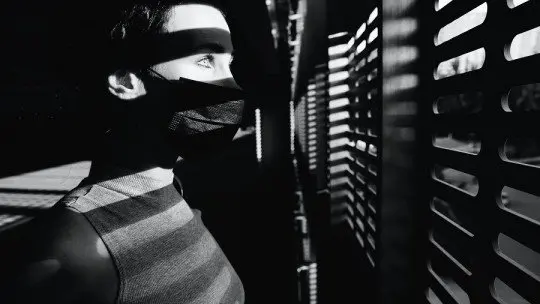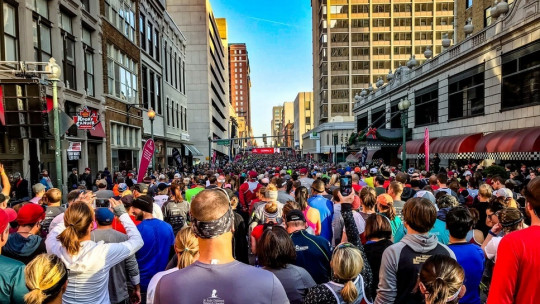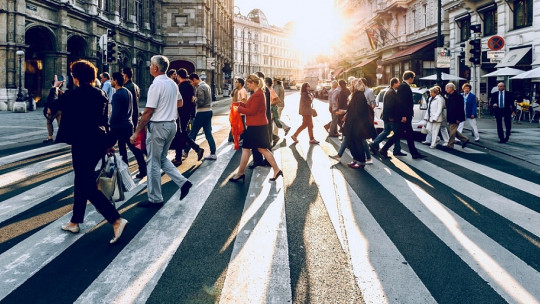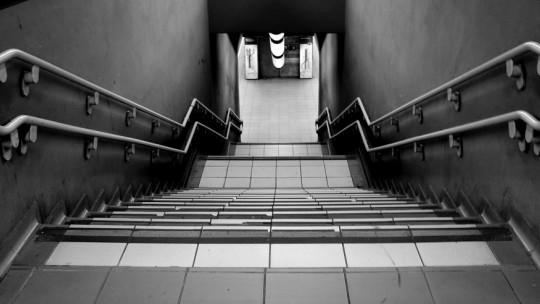Agoraphobia is the fear of situations from which it seems difficult to escape or where it might be difficult to get help if anxiety symptoms develop.
As a consequence of this anxiety disorder, the person avoids feared situations, endures them with great anxiety or needs to be accompanied when facing them.
In this article we will analyze the symptoms and causes of this “fear of fear”.
How does agoraphobia manifest?
Agoraphobia is more common in women and in recent years its prevalence has increased. As for the age of onset, it usually occurs in adolescence, although we can find cases that begin at any age.
We can talk about different degrees of agoraphobia: there are people who don’t leave home and therefore they completely avoid feared situations, others who endure situations with great anxiety but face them on their own and others who only leave home if they are accompanied.
Most common feared situations
Although the fears of each person with agoraphobia may be very different from those of the rest, below we will describe the situations that are most frequently feared or avoided by those who have this disorder.
Fear or anxiety is not caused only by the feared situations but also by these situations. This fear has to do with the impossibility of escape (whether due to physical restrictions or social convention) and with the fact of being alone.
1. Closed spaces
Among others, this category would include supermarkets and department stores, cinemas and theaters, classrooms, restaurants, parking lots, tunnels, elevators…
2. Open spaces
They can be indoors, such as stadiums, large rooms and lobbies, or outdoors, such as courtyards, wide streets or the countryside.
3. Travel by means of transport
Many people with agoraphobia fear having an anxiety attack while traveling by car, bus, train, boat or plane. This is because they imagine that l It would be very difficult to escape from the vehicles if your fears came true; For example, having a panic attack in the middle of the highway can be a real mess.
4. Crowds
Parties, meetings, nightclubs, shopping malls, crossing bridges or standing in lines are some of the situations and places that people with agoraphobia usually avoid. In these cases, the anxiety is largely caused by the fear of being judged by other people.
5. Being alone
In cases of agoraphobia, the fear of not having trusted people nearby is common. be in a place that provides security such as the house itself; This is why being away from home is a fairly common agoraphobic fear. However, being left alone at home is another situation that is commonly feared.
Symptoms and “catastrophic consequences”
In general, most people who have agoraphobia suffer or have suffered spontaneous panic attacks, that is, they have occurred without an apparent cause.
People with agoraphobia are afraid of those situations in which they believe they may suffer anxiety symptoms (panic attacks) as well as their possible catastrophic consequences. However, the fear of the consequences of anxiety is irrational since Panic attacks are not dangerous for those who suffer them.
The most common anxiety symptoms in panic attacks are the following: feeling of choking, palpitations dizziness, sweating insecure legs, tightness, pain or discomfort in the chest, abdominal discomfort, depersonalization (feeling separated from oneself) and derealization (feeling of unreality).
Among the catastrophic consequences of symptoms that agoraphobics falsely anticipate: fainting, having a heart attack, dying, screaming, losing control, going crazy, vomiting, drowning, being trapped or helpless and unable to get to a safe place, not receiving help if experiencing symptoms of anxiety…
Causes of agoraphobia
When talking about the causes of agoraphobia, it is important to keep in mind that certain personal characteristics can predispose to this disorder or be a consequence of it: dependency, low assertiveness, low self-confidencesocial withdrawal, high anxiety, fear of negative evaluation, high approval seeking, ineffective strategies for coping with stress, tendency to avoid problems instead of facing them…
Experiences experienced during childhood such as overprotection or lack of affection may also be involved. Likewise, many people with agoraphobia report that they were going through a period of stress at the beginning of it.
This stress can be related to work, a divorce, the death of a loved one, a relationship or family conflict, an illness or operation, a move, a birth or an abortion, among others.
The origin of the “fear of fear”
Regarding the causes of fear, sometimes people have traumatic experiences outside the home (such as an accident, a robbery or fainting), others are seen suffering from trauma or showing fear in a certain situation, or threatening information is transmitted to the person. .
You can also incorrectly associate certain symptoms of anxiety or panic to an external situation and thus it becomes feared. For example, anxiety symptoms may be experienced after a work conflict and occur more intensely when traveling by bus a few minutes later, wrongly attributing them to the fact of traveling by bus.
Avoiding the feared situation maintains the fear
Anticipating symptoms of anxiety or catastrophic consequences of these causes the person to avoid what they fear and, in turn, those avoidance behaviors maintain anxiety expectations and danger since it is not verified to what extent threat expectations are realistic or not.
In the long term, avoiding feared situations can cause depression, low self-esteem, greater dependence on others, reduced social contact, the appearance of work and family problems, etc.

